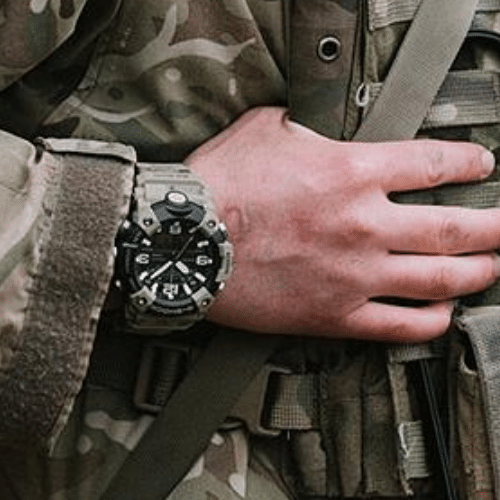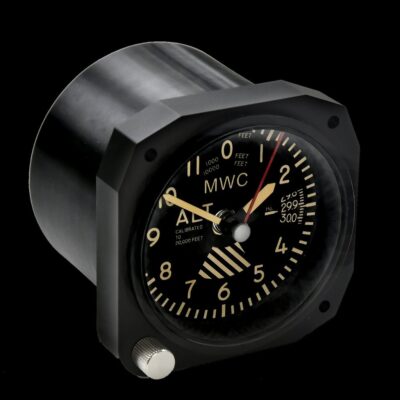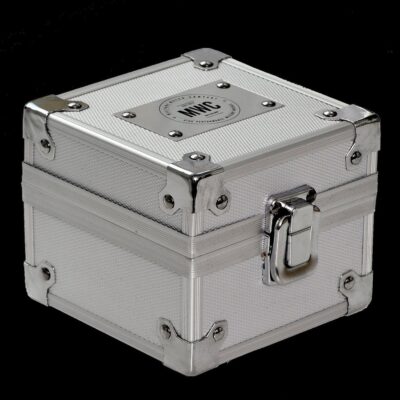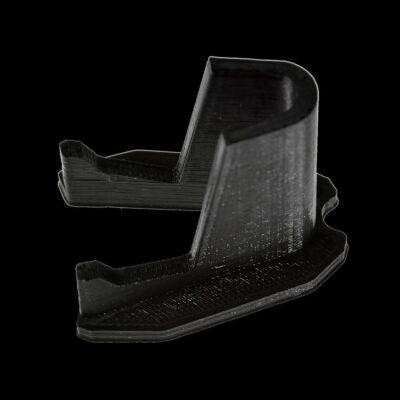News
China Develops World’s Most Cost Effective ‘Kamikaze’ Drone at Just $10,0000
China’s state-owned defence conglomerate Norinco has unveiled a new low-cost single use ‘kamikaze’ attack drone, which closely resembles the Iranian Shahed-136 that has played a central role the Russian-Ukrainain War. Single use drones have provided a lower cost alternative to cruise or ballistic missile strikes, and have been used to engage a wide range of targets, from fuel depots and key infrastructure, to armour, artillery, aircraft, and personnel. Their high utility has led the United States to scramble to develop its own counterpart to the Shahed-136 domestically, with U.S. Army Major General James Bartholomees in October stressing that the service “absolutely” needed such aircraft, noting that the Army was focused “on long-range sensing and long-range launched-effect strike.”
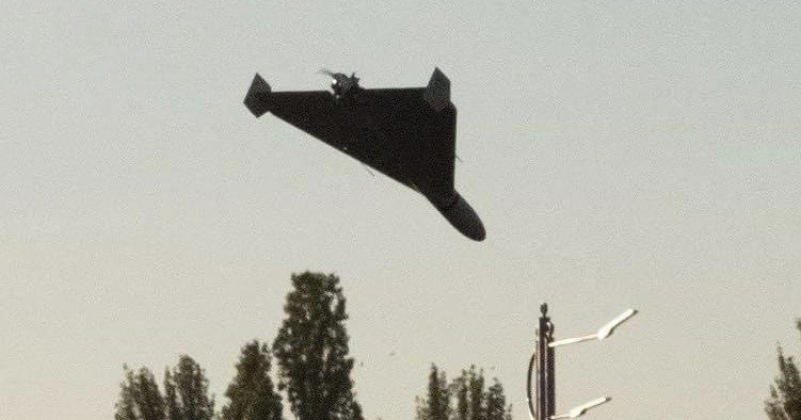
The Feilong-300D’s $10,000 cost has made it the cheapest known aircraft of its kind, with a cost estimated to be well under half that of the Shahed-136, despite the dollar’s much lower purchasing power in China compared to Iran and Russia where the Shaheds are currently built. The dollar’s significantly lower purchasing power in the United States means that the such aircraft if built there are expected to be significantly more costly, in line with broader trends towards U.S. defence products often costing twice or more as much as their counterparts in China. The Feilong-300D’s introduction into service has the potential to be a game changer in theatre such as the Taiwan Strait and the South China Sea, while China’s global lead in the development of artificial intelligence could provide the aircraft with significant advantages over their counterparts in service abroad.

The Ukrainain theatre has provided a demonstration of the utility of single use drones in combat, and allowed Russia and Iran to incrementally improve the capabilities of the Shahed-136 design. The aircraft were in October reported to have gained new targeting capabilities, namely the ability to strike dynamic moving targets near the frontlines. They have also begun to be used to deploy PTM-3 anti-tank mines targeting Ukrainain supply routes, as first confirmed in August. Iran has meanwhile developed both a more costly jet powered aircraft built around the same design, the Shahed-238, which was developed to more effectively evade adversary air defences, as well as a larger aircraft with a much extended 4000 kilometre engagement range.

Beyond advances in the capabilities of the Shahed-136, the expansion of production has been key to ensuring that enough drones are available to be used against lower value battlefield targets. The Economist reportedin May that output of the the Shahed-136 had increased more than tenfold from 300 a month, to over 100 per day, with industry reported at the time to be on track to be able to produce 500 daily. Efforts to expand production have reportedly been bolstered by the dispatch of approximately 25,000 North Korean industrial workers to Russia to man the expanding facilities.

